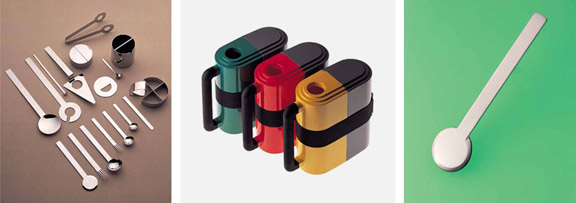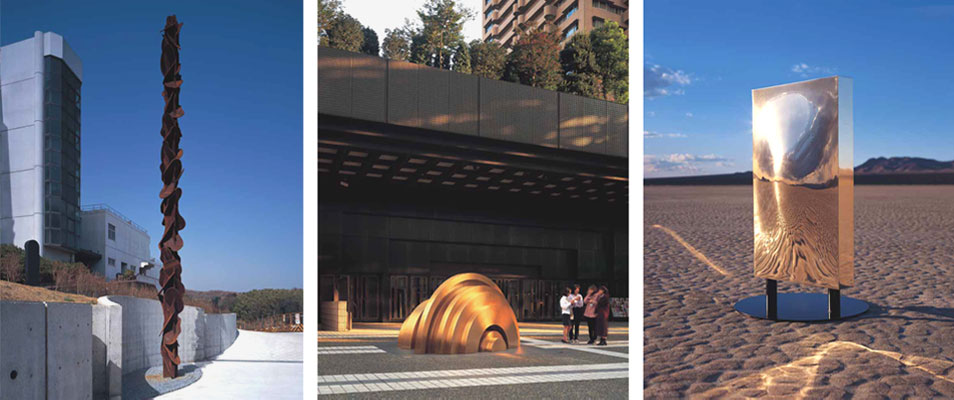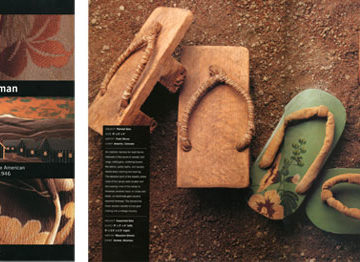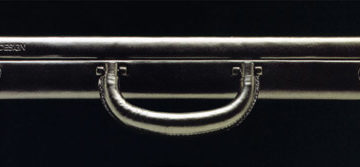Takenobu Igarashi is a sculptor and designer. He doesn’t use sketchbooks to flesh out ideas. He just dives right into whatever concept crosses his mind, employing materials such as, steel, stone, terra cotta, and wood. Igarashi makes things like lamps, three-dimensional letterforms, posters, calendars, platters, eating utensils, furniture, sculptures, and public art.
He’s a hands on designer, creating products that are one of a kind. Takenobu Igarashi spent his career freeing himself from the bonds of traditional restrictions and concepts of a sculpture. He combined his own “Japanese aesthetics” with original ideas and playfulness. The merging of all these aspects makes Igarashi a master of his craft. However, he has been criticized as a Japanese designer for not adequately honoring his country’s design traditions.
While it is custom for Japanese designers to stay in their homeland to apprentice with established designers before going off on their own, Takenobu Igarashi left Japan to attend school in Los Angeles. Since then, he has worked equally from both countries, garnering much acclaim and rattling the purists in the process.
Igarashi has acquired a design ethos grounded in pragmatism. For instance, his client work philosophy is: “No matter how good the company’s image is, it’s meaningless if the objects it sells are no good.”
Graphis was honored to have Igarashi included in 12 Japanese Masters, a book that serves as a tribute to the designers who, in the 1960s and ’70s, brought Japan to the attention of the international design world. It includes insightful profiles and stunning visual portfolios by designers Koichi Sato, Shigeo Fukuda, Tadanori Yokoo, Eiko Ishioka, Toshiyuki Kita, Yusaku Kamekura, Issey Miyake, Kiyoshi Awazu, Kazumasa Nagai, and Ikko Tanaka.
To purchase 12 Japanese Masters, click here.







